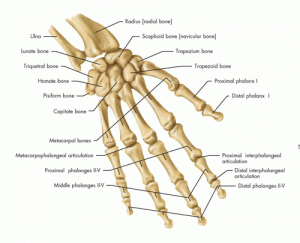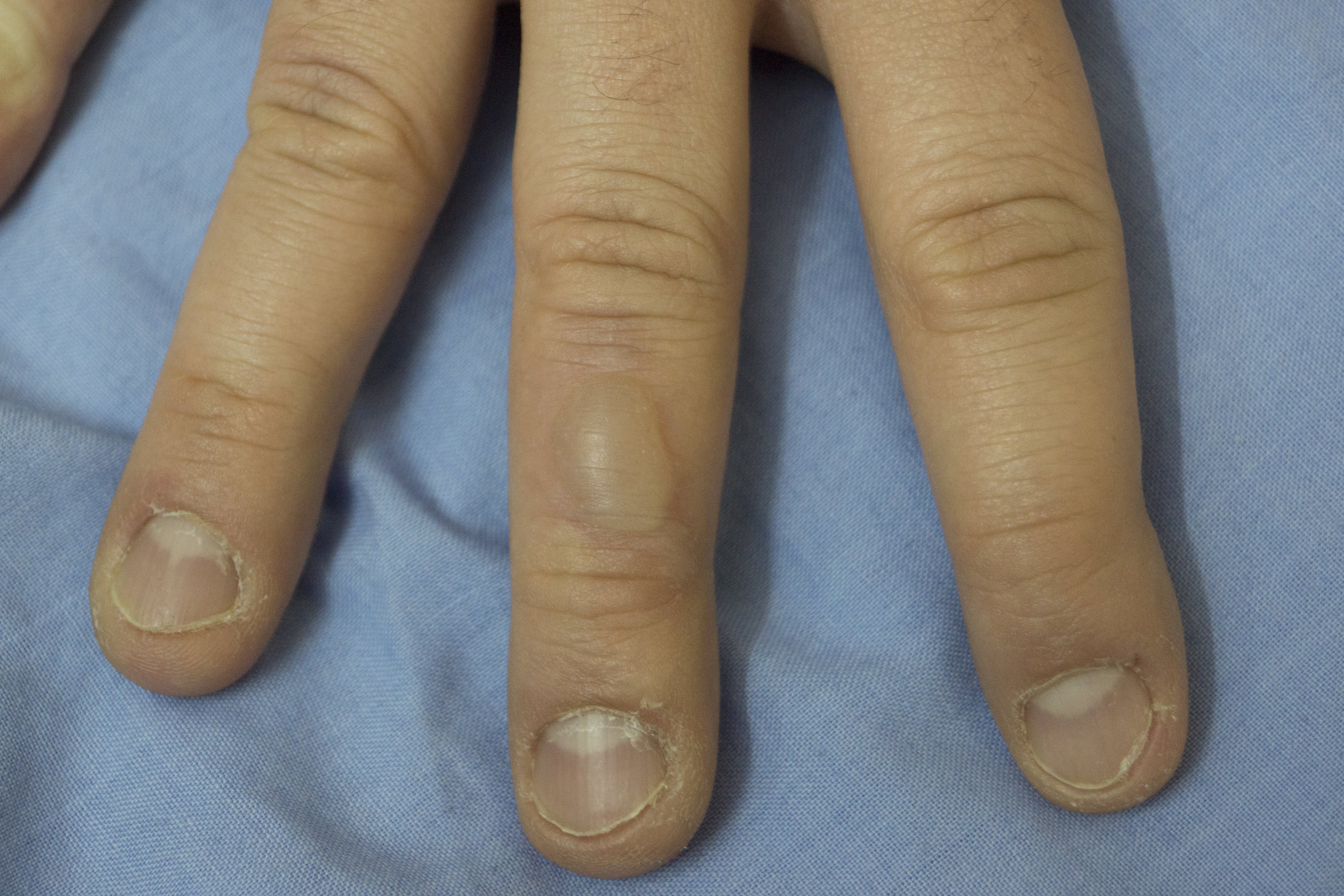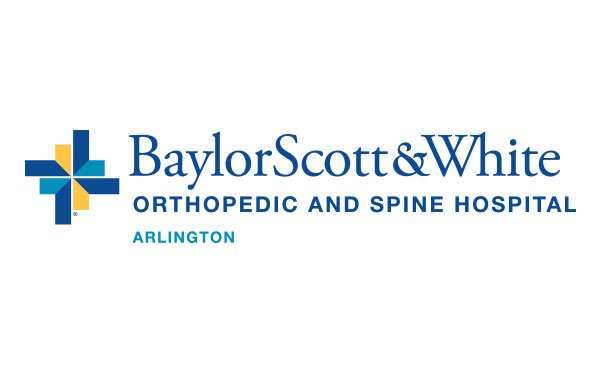Mucous Cyst Excision
Mucous Cyst Overview
A small fluid-filled sac that originates from the distal interphalangeal joint, Mucous Cysts affect many individuals with osteoarthritis. A form of a ganglion cyst, a mucous cyst attaches itself to the joint with a stalk. The stalk allows fluid to move into the cyst from the joint. Mucous cysts may cause the individual hand pain and discomfort, especially if it gets infected. Individuals suspecting that they may have a mucous cyst should get evaluated by a hand and wrist orthopedic specialist.
Mucous Cyst Excision Process
When performing a mucous cyst excision an anesthesiologist uses one of two types of anesthesia; local anesthesia or IV sedation. With local anesthesia, the patient remains awake for the duration of the surgery. With local anesthesia the doctor or anesthesiologist simply numbs the treatment area. The patient may feel pressure on the hand but does not feel pain. The numbing medication may sting briefly but works quickly and lasts from 4 to 6 hours. With IV sedation or twilight anesthesia, the patient receives an IV. Through the IV, the anesthesiologist gives the patient medication in the procedure room which causes the patient to feel tired. While the patient does not get put completely asleep, the patient can drift off to a deep sleep while remaining unaware of the surgical procedure. The patient wakes up following the procedure and the numbing medication used for the mucous cyst excision wears off from 4 to 6 hours. This allows the patient to leave the hospital pain-free.
During the excision process the surgeon makes a small incision over the cyst. Once the surgeon has a clear view of the cyst, the surgeon removes the entirety of the cyst along with any bone spurs or damaged skin. The doctor must remove the stalk of the mucous cyst to ensure the cyst does not return. If a large amount of damaged skin exists and the surgeon cannot close the incision, the surgeon may have to take a small skin graft from elsewhere, typically the side of the hand closest to the pinky finger. Once the surgeon closes the incision, they  place a splint on the whole finger to allow the skin to heal for approximately two weeks.
place a splint on the whole finger to allow the skin to heal for approximately two weeks.
Following mucous cyst Excision
Following mucous cyst excision surgery, the patient should attempt to keep the hand elevated for the next one to two days. The surgical bandage should remain clean and dry until a physician advises the patient to remove it. The patient should continue to move and exercise all unaffected fingers. Each surgeon has their own post-operative protocols for patients to follow and each patient receives a protocol before or directly following surgery.
To view a list of all insurances that AOA Orthopedic Specialists accept, click HERE. To schedule an appointment online, click HERE.
EXPERIENCING hand pain? CALL 817-375-5200 TO SCHEDULE AN APPOINTMENT WITH AN AOA ORTHOPEDIC hand SPECIALIST TODAY!
F.A.Q.
What is Mucous Cyst Excision?
Mucous Cyst Excision is a surgical procedure aimed at removing mucous cysts, which are small, fluid-filled sacs that typically develop on the fingers or toes. These cysts are often associated with arthritis and can cause discomfort and limited mobility. The excision involves removing the cyst and the associated tissue to alleviate pain and prevent recurrence.
When is Mucous Cyst Excision recommended?
Mucous Cyst Excision is recommended when a mucous cyst causes pain, interferes with daily activities, or becomes infected. If non-surgical treatments such as drainage or steroid injections do not provide sufficient relief, excision may be necessary. It is essential to consult with an orthopedic specialist to determine the most suitable treatment plan.
What is the Recovery Process After Mucous Cyst Excision?
The recovery time after Mucous Cyst Excision can vary from person to person, but most patients can expect to resume normal activities within a few weeks. Stitches are typically removed within 10-14 days, and patients may require hand or foot protection during the initial healing phase.



